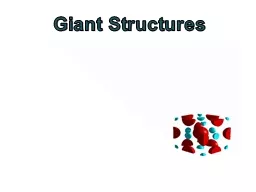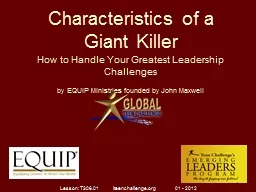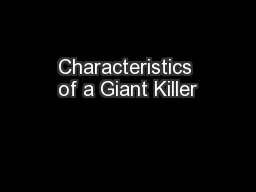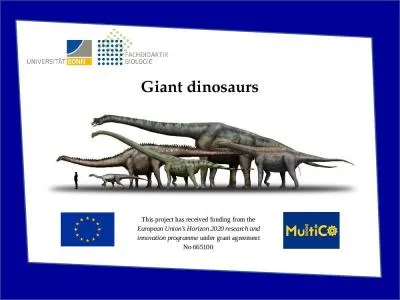PPT-Giant Structures
Author : karlyn-bohler | Published Date : 2016-04-27
Examples of Structures Example 1 Metals are strong and easily shaped Example 2 Many substances form brittle crystals which dissolve easily in water Example
Presentation Embed Code
Download Presentation
Download Presentation The PPT/PDF document "Giant Structures" is the property of its rightful owner. Permission is granted to download and print the materials on this website for personal, non-commercial use only, and to display it on your personal computer provided you do not modify the materials and that you retain all copyright notices contained in the materials. By downloading content from our website, you accept the terms of this agreement.
Giant Structures: Transcript
Download Rules Of Document
"Giant Structures"The content belongs to its owner. You may download and print it for personal use, without modification, and keep all copyright notices. By downloading, you agree to these terms.
Related Documents














